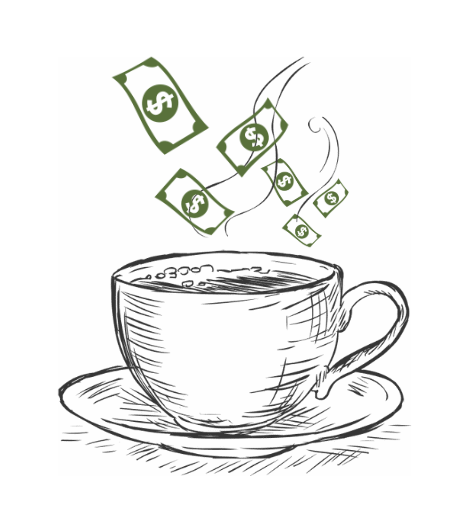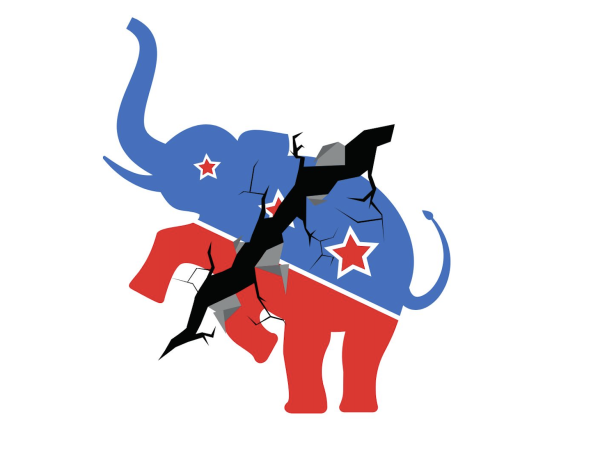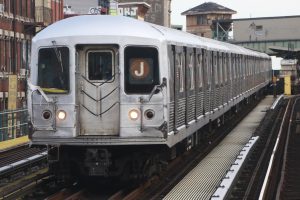FDA approves Narcan over-the-counter distribution
Credit: Creative Commons License
February 20, 2023
A Food and Drug Administration (FDA) advisory group voted unanimously to make Narcan accessible over-the-counter, instead of on a prescription-only basis, on Feb. 15.
According to the National Institute on Drug Abuse (NIDA), “More than 106,000 persons in the U.S. died from drug-involved overdose[s] in 2021, including illicit drugs and prescription opioids.” Narcan, or naloxone hydrochloride packed into a nasal spray, functions as an opponent and an antagonist to opioids to combat high volumes of drug overdoses.
Opioids are classified as both prescription and non-prescription opioids, including natural, semi-synthetic and synthetic forms commonly known as methadone, heroin and fentanyl. When opioids have entered an individual’s system and evidence of an overdose is detectable, naloxone employs its impact of restoring a regular breathing pattern and resting heart rate by attaching itself to opioid receptors, efficiently reversing their effects and blocking any further threatening symptoms.
Common indicators of an overdose are unconsciousness, shrunken pupils, vomiting, shallow breathing, pale complexion, inability to articulate words and limpness in the limbs. These are advantageous references that medical professionals, bystanders and even loved ones can use to gauge the necessity of Narcan intervention.
Narcan’s Naloxone, which comes in the form of nasal spray and muscular injections, was developed utilizing NIDA-funded research and was approved by the FDA in 2015. Historically, Narcan has been used by first responders and community outreach programs to effectively revive and aid individuals experiencing an overdose.
Both models of Naloxone offer the same effect, relieving dangerous symptoms accompanying high levels of opioids in the blood. Muscular naloxone injections, however, are typically administered in conjunction with emergency medical treatment, and thus recommended training from a pharmacist or medical professional is desired before usage. The Narcan nasal spray is a needle-free apparatus with no necessary assemblage, administrable to the endangered individual through a nostril while laying on their back and necessitates only reading of provided instructions before immediate use.
According to the Center for Disease Control and Prevention (CDC), Naloxone is a “life-saving medication” that is carried, wielded and ascertained with ease. The nasal spray enables accessible and rapid aid in life-threatening situations before emergency medical help can arrive. With its minuscule size encasing 2 mg to 4 mg of Naloxone, it is easily carried and transported. Many experts add that there are few repercussions or safety hazards pertaining to the use of Narcan and no prevalent addictive properties. The only concerns brought to light are the immediate reuptake impacts of drug withdrawal symptoms after using Narcan when an opioid dependence is present and the vitality of proper time allocation of three minutes between administering doses.
According to the committee, the benefits of increasing the attainability of Narcan far outweigh these concerns. This is attributed to the “opioid overdose epidemic” raging throughout the United States. The CDC voices that releasing Narcan to the public for ready use is “no different than carrying an epinephrine auto-injector (commonly known by the brand name EpiPen) for someone with allergies. It simply provides an extra layer of protection for those at a higher risk for overdose.”
Despite the recent vote in favor of making Narcan purchasable over the counter, the FDA is still weighing all factors before making the committee’s decision official. This initial advisory committee that gathered on Feb. 15 specifically discussed Narcan naloxone hydrochloride nasal spray 4 mg/0.1 mL submitted by the company Emergent BioSolutions Inc. Another Advisory Committee meeting will be held on March 20 to discuss ReVive naloxone hydrochloride nasal spray 3 mg/0.1 mL, proposed by Harm Reduction Therapeutics Inc.
Though both committee meetings aim to reinforce the FDA’s “shared commitment to a comprehensive federal response to increase naloxone availability and reduce overdose deaths,” the FDA utilizes the decisions to seek advice and gain insight. The information is then separately processed with official decisions made subsequently–formally instituted by the FDA into practice nationwide.
The University currently offers Narcan training workshops that cover information on the opioid epidemic facing the nation, as well as instruction on administering Narcan.
University student Quintessa Morris expressed her thoughts regarding Narcan over-the-counter availability. “I think easy access to Narcan has been long awaited and is the change that needed to happen.”
University student Giuliana Correa also agreed with Morris’ sentiment. “I think it was a great decision. It gives people the power to help strangers and loved ones quickly instead of just waiting for emergency services. The fact that it opens up the option of saving lives to more than just people who have easy access to medical care is amazing.”
The University and its students also come together through various programs on campus to augment awareness and educate the community on the impacts of drug use, including assessment and support for “problematic alcohol and other drug use” through the Counseling Center, and educational workshops such as “The Drinking Game” and “Weed Wars.” All of these resources focus on the University’s commitment to health and safety guidelines and support students struggling with drug usage.
Despite the committee’s united discernments, the FDA will take their recommendations under review before officially substantiating public access to Narcan by March 29.












